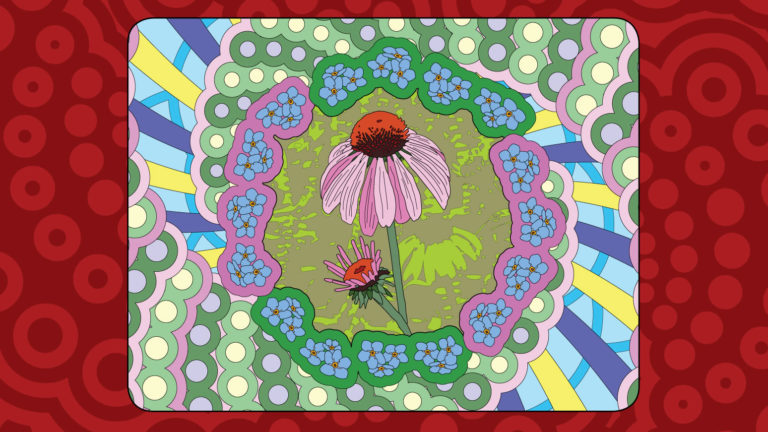Just what is a “Low Maintenance” Yard?
 When designing for a client who says they want a “Low Maintenance” yard, many of us have an idea of what Low Maintenance means, but the only thing that really matters is what the client thinks of the same. A long time ago, APGA (then called AABGA) had a great manual about levels of maintenance. I wish I could find it, but in lieu of that, I’ll attempt as well as possible to summarize:
When designing for a client who says they want a “Low Maintenance” yard, many of us have an idea of what Low Maintenance means, but the only thing that really matters is what the client thinks of the same. A long time ago, APGA (then called AABGA) had a great manual about levels of maintenance. I wish I could find it, but in lieu of that, I’ll attempt as well as possible to summarize:
Maintenance zones
- Divide the space more or less into concentric zones of maintenance intensity.
- Highest maintenance intensity will be closest to the home, also entrances, outdoor rooms, swimming pools.
- Lowest maintenance zones are furthest away from the home.
Maintenance levels
- High intensity zones need daily care.
- Medium intensity zones, weekly.
- Low intensity, monthly.
- Very low intensity – yearly
Examples
- Recirculating water features are almost always high-intensity, especially with fish and plants. It should be at the very least inspected daily to make sure it’s running and fish are not sick or dead.
- Lawns are medium intensity during warm weather, but can be high-intensity or low intensity depending on the use, season, temperature and drought.
- Vegetable and cut-flower gardens can be high to medium intensity. Flower borders vary.
If the residence is a bed and breakfast, there will need to be some maintenance daily, like sweeping paths, clearing fallen tree debris, removing guest drink glasses,etc.
For each half acre of high-intensity landscape, figure 1 to 2 gardeners full-time per day.
1/2 to 1 acre medium intensity – 1 to 2 gardeners full time, one to two days per week.
1 to 5 Acre low intensity – 1 to 2 gardeners full-time, one to five days per month.
Dedicate at least 10 percent of the available yard space in your design to behind-the-scenes maintenance, like a mulch pile, compost, tool shed, etc.
Other thoughts
When homeowners say they want a low-maintenance yard, I wonder sometimes how often they really mean “no maintenance”. But shrubs need pruning, grass needs mowing, weeds and weed-tree-seedlings need removal. Some yards end up needing medium intensity just for the lawn alone in the summer. Your idea of low maintenance as an LA may not be your yard-owner’s idea. Find out what *they* think low maintenance means and describe for them what they can have for that level of engagement. Get them to understand the landscape as a collection of sessile pets that also need attention and care, just like dogs or cats.
Granted, if you live in an desert and you can get away with a stone mulch and groups of local arid-loving plants, you can have a truly low-maintenance garden, but many of us live in communities that expect there to be lawns and relatively dense plantings. If you can reduce the lawn or get rid of it altogether and replace it with a mix of trees/understory, shrubs and mulch, these take less time to manage overall and can be more forgiving if you miss a week or two of maintenance.
Create an operations manual specific to your design that tells the homeowner what needs to happen when, how much time it’s going to take, what tools and materials they will need, and maybe even a budget. Also include common plant pests and how to remove them safely, where to get classes on master gardening (local agricultural extension agency). It is especially essential that they learn how and when to prune the plants that are in yard.





